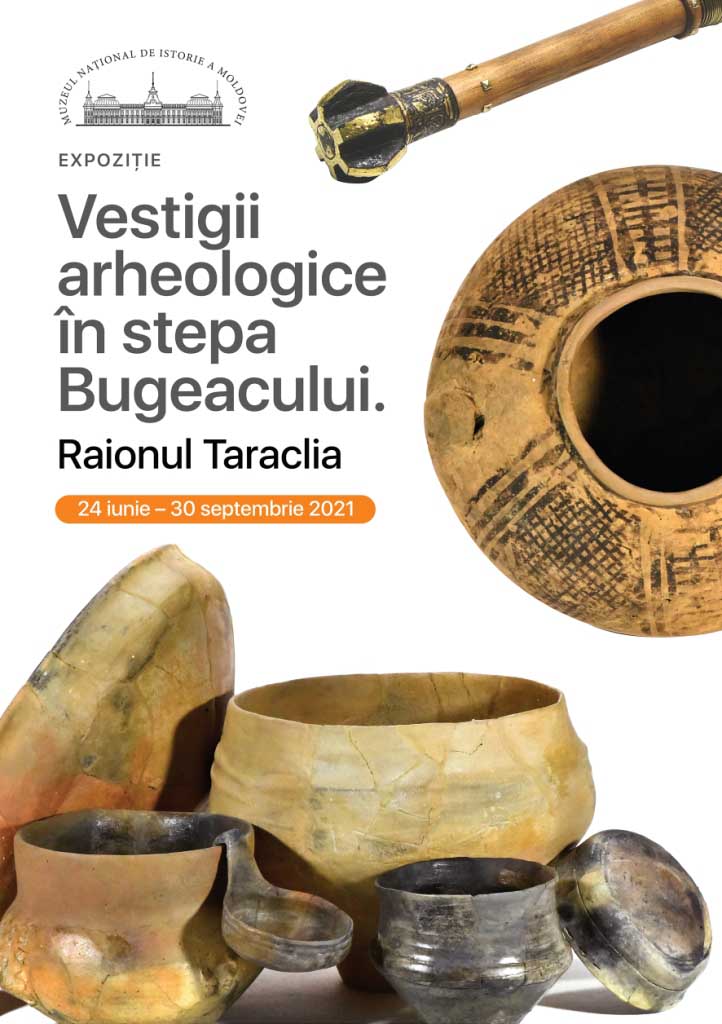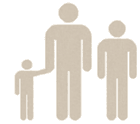 The National Museum of History of Moldova possesses a rich collection of archaeological remains, resulting from investigations conducted in Taraclia District from the 1970s-1980s up to this day.
The National Museum of History of Moldova possesses a rich collection of archaeological remains, resulting from investigations conducted in Taraclia District from the 1970s-1980s up to this day.
At present, on the territory of the district there are known about 220 archeological sites attested near 16 localities, out of the 26 ones that are part of this administrative unit. Among the sites listed in the Archaeological Register of the Republic of Moldova there is a linear fortification (Trajan's Wall), 30 multi-layered settlements, eight flat grave fields and 181 tumulus fields. But only a part of them was investigated by archaeological excavations: four settlements (Taraclia-Gaidabul, Taraclia I, Cealîc, Balabanu I), three flat grave fields (Cealîc, Taraclia-Gaidabul, Taraclia Center) and 48 mounds (groups of mounds near Taraclia, Balabanu, Ciumai etc.).
As a result of surface research, as well as archaeological excavations, traces of habitation have been attested from the early Eneolithic era (4500-4000 BC) to the medieval and pre-modern era, the period of the late nomads (13th -15th centuries and 16th-18th centuries AD).
The exhibition brings together a number of over 500 archeological objects of scientific, historical and aesthetic value, coming from the sites on the territory of Taraclia District, especially from Taraclia-Gaidabul, Taraclia I, Cealîc and others. Work tools, weapons, ornaments and clothing, made of stone, bone, clay, iron, bronze, and other materials, as well as numerous ceramic vessels are on display.
Photographs and drawings from the Museum's collections, personal archives of researchers and scientific publications are used to illustrate the exhibition. For a better perception of the archaeological realities, the exhibition is completed with models of mounds, reconstructions of human activities, etc.
The results of the investigations on the territory of Taraclia District provide a vast, diverse and spectacular informative baggage, important for the knowledge of our past. The purpose of the exhibition is to promote the archaeological heritage discovered in the sites of Taraclia through popularization of the values that are preserved in the museum's collections. The cultural and educational function of the exhibition is to familiarize the general public with materials that reflect the historicity of archaeological sites, their chronological diversity, as well as the uniqueness of artifacts discovered over time in the vicinity of the localities of Taraclia District.

















































